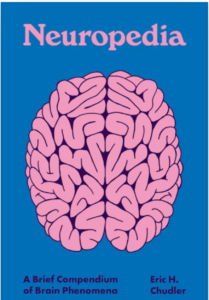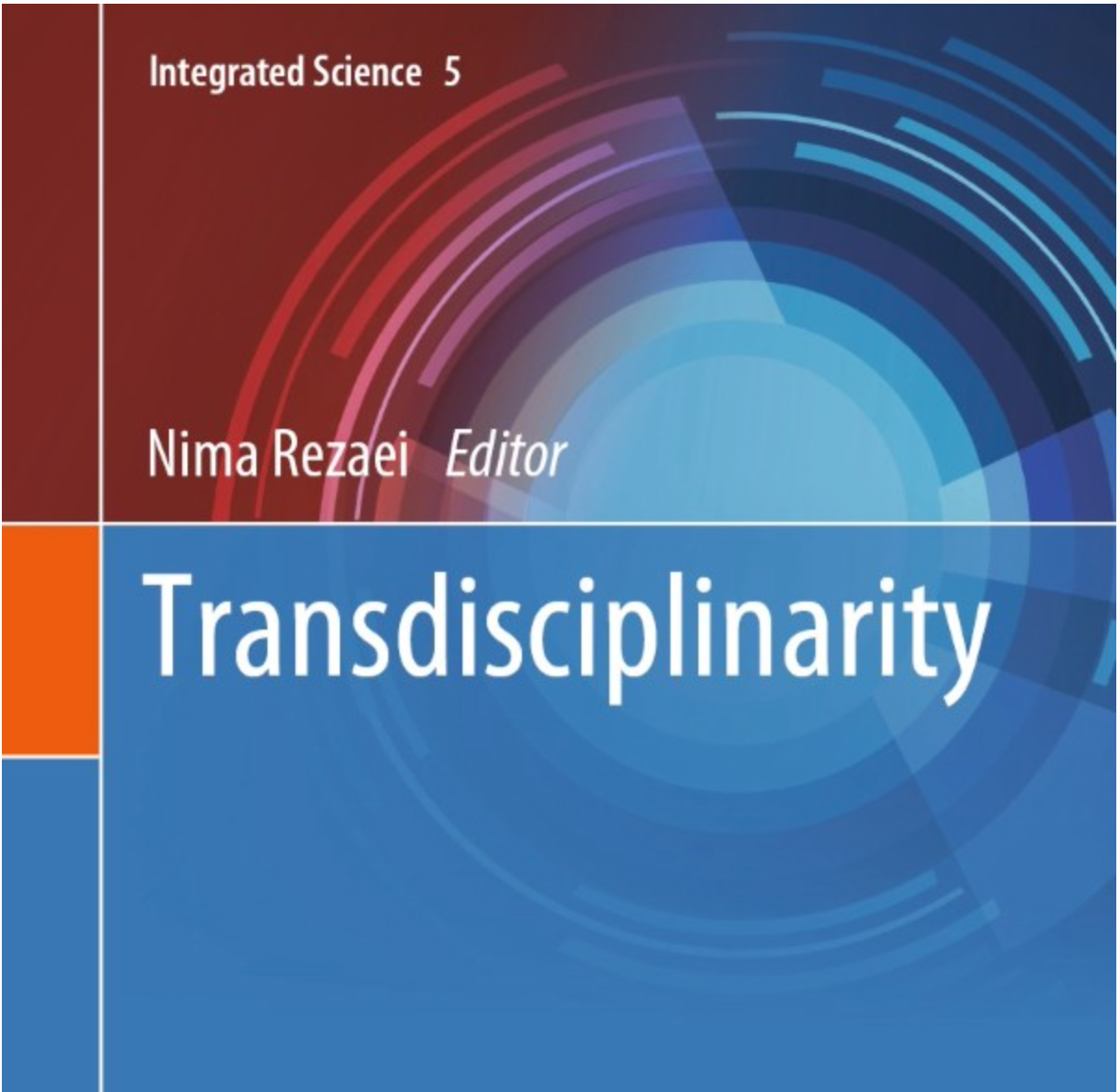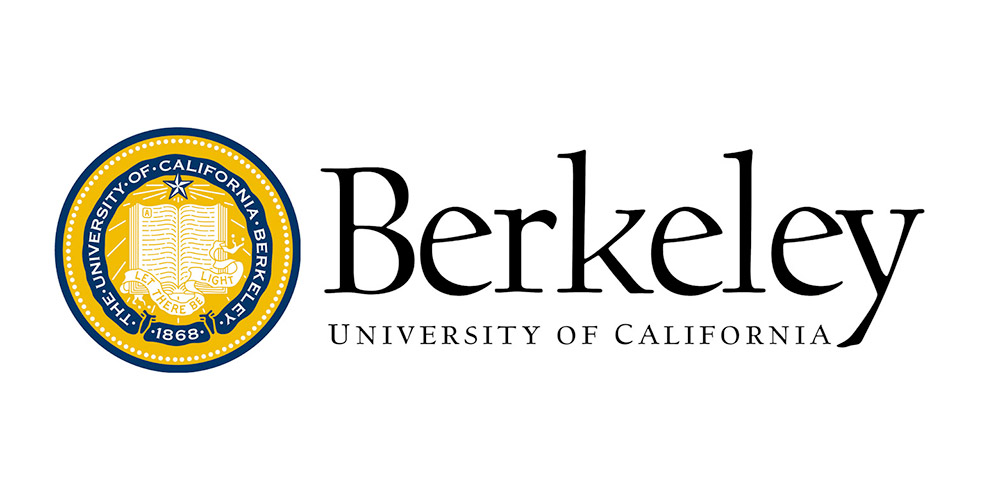
Neurocinema
What is Neurocinema?
The field of neurocinema and/or neurocinematics serves as a bridge between neuroscience and cinema. This unique perspective examines cognitive and affective properties that affect individuals when undergoing film experiences. Utilizing known neuroscientific techniques such as functional magnetic resonance imaging (fMRI) and electroencephalography (EEG), this multidisciplinary field aims to uncover the neurological complexities that underlie the cinematic experience. Understanding how certain visual and auditory stimuli impact the brain uniquely impacts the art of filmmaking and even directs career paths, giving rise to new fields and opportunities.
Neurocinematics’ importance to society lies in its ability to provide an impact, which involves deepening our understanding of artistic experiences and the extent of their impact on the brain. By investigating the issues surrounding how an individual perceives different stimuli, from narratives to emotional cues, this research can provide useful insight into how filmmakers can elicit preferred responses easier. This, in turn, provides each viewer with a unique experience while watching the film and shapes artistic and narrative choices by filmmakers. This coincides with the substantial impact elicited by visual and auditory cues relayed can optimize how viewers approach film and other works of art, beyond the scope of neuroscientific effect.
Finally, neurocinema and neurocinematics advance the field of cinema by providing filmmakers with a scientific perspective on their art and its impact. Understanding the neural activity that elicits certain emotional interactions between the viewer and the film allows the director and crew to maximize and better understand the cognitive impact of their work. Beyond individual projects, filmmakers and other film professionals can apply the research garnered from neurocinematics to broaden their personal understanding of these relationships and extend the field further and to greater lengths.
Take a look at the videos below to learn more about neurocriminology & neuroforensics:
How movies control your brain.
Love horror movies? This talk explains the neuroscientific reason why.
Dopamine and the future of cinema.
What are the pathways to pursuing a career in neurocinema?
Getting involved in neurocinematics research can vary in many different ways. Some of these ways include:
Filmmaker
By integrating a neuroscience understanding into the artistic and technical components of film creation, filmmakers can significantly advance the field of neurocinema. By collaborating with neuroscientists and researchers, filmmakers can design experiments or studies used in the filmmaking process to investigate how visual and narrative elements impact neural responses. Crafting scenes with specific visual stimuli, pacing, and storytelling techniques allows filmmakers to explore the cognitive and emotional dimensions of the cinematic experience.
Neuroscientist / Academic Researcher
Neuroscientists and academic researchers play a crucial role in advancing the interdisciplinary field of neurocinema by utilizing empirical research to understand the underlying mechanisms of the cinematic experience. Through the design of experiments integrating neuroimaging techniques like fMRI or EEG, these researchers can investigate how the brain processes visual and auditory stimuli during film viewing. Working together with professionals within other interdisciplinary fields allows scientists and researchers to convert their research into useful insights for the film industry, impacting methods and approaches that improve the overall cinematic experience.
Actor / Actress
Actors and actresses have a significant influence on the field of neurocinema, actively shaping the audience’s neural and emotional responses throughout the cinematic experience. By embodying distinctive roles, actors contribute to the formation of strong connections between the audience and fictional characters, prompting questions about the neural mechanisms behind specific emotional reactions during viewing.
Educational Pathways
The fields of neurocinematics and neurocinema are still in their newer stages of development. As it stands currently, there are no major pathways in college called neurocinema, or neurocinematics. Consequently, for a significant impact, students who wish to concentrate in the field of neurocinema will need to adopt a more comprehensive approach. Specifically, more well-known majors like neuroscience or filmmaking can be implemented using this strategy.
- Undergraduate: At the undergraduate level, students can focus on neuroscience, acting, filmmaking, music/music theory, and psychology to prepare for a career in neurocinema.
- Graduate: At the graduate level, students could pursue Masters or Doctoral training in fields like neuroscience, psychology, or a humanities dominant field.
Resources:

Princeton Press: What Hollywood gets wrong (and right) about neuroscience
Do Hollywood movies get the neuroscience right? If not, what is the harm? Perhaps Hollywood will provide ideas and inspiration for scientists to pursue new innovations in neuroscience and neurotechnology.



